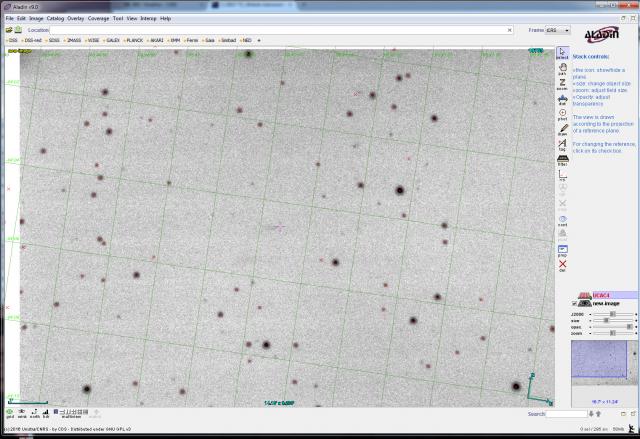- This topic has 5 replies, 3 voices, and was last updated 8 years, 1 month ago by
 David Swan.
David Swan.
-
AuthorPosts
-
2 November 2017 at 11:10 am #573883
 David SwanParticipant
David SwanParticipantMost of you are probably aware that Ari Heinze, working on the ATLAS project at the University of Hawaii, has found a new comet. It is predicted to reach peak brightness – just brighter than mag 9 – early in the New Year.
I have looked at the JPL Horizons eph, and it would be a nice challenge, I think, to catch it now. It’s in Hydra, so an early rise is required. Where I am, it should be higher than 25deg alt in the SSE at 0500 – although it’s only mag 16.7 at the moment.
Mike Olason has a pic on the S&T page. (And of course there are other images in the BAA comet image archive.)
David
2 November 2017 at 11:34 pm #578719 Nick JamesParticipant
Nick JamesParticipantDavid, yes this could be a nice comet for us since it is very well placed at its brightest. I expect it might get to tenth mag around the end of the year when the comet is racing through the circumpolar constellations. See the attached chart. We already have a few images of it in the archive and would welcome observations as it moves in to perihelion.
Nick.
4 November 2017 at 10:44 pm #578722Mike Olason
ParticipantDavid,
If you can image ASASSN, you can image Heinze, I look forward to your images.
Mike
8 November 2017 at 10:53 am #578732 David SwanParticipant
David SwanParticipantCertainly not a striking image, but I might just have picked up Heinze above the sky background. Please see the FITS here
https://1drv.ms/u/s!Agvxu8wNOxpAcJ2l_8CiGRTPXrc
and give me your opinion. The midpoint of the capture was 050649 UT on 8 Nov 2017.
8 November 2017 at 11:43 pm #578738 Nick JamesParticipant
Nick JamesParticipantHi David. I loaded your image into Aladin (a very useful free program that you can download for free from here) and marked the position of the comet at the time of your observation (the pink cross). The faint fuzz is certainly in the right sort of position but it is difficult to be certain since it is so close to the detection limit and it could be an artefact. For very faint objects like this it is worth getting two stacks separated by 30 mins or so. When the two images are blinked any faint comets become obvious from their motion.
Anyway, this is certainly a very good attempt. Please keep trying to image this object.
Nick.
 9 November 2017 at 6:46 am #578739
9 November 2017 at 6:46 am #578739 David SwanParticipant
David SwanParticipantThanks Nick. The software looks really useful. I noted there was a long smudge just below as well, so it does make one a bit doubtful! I’ll try to get multiple stacks as you suggest, and then blink them. David
-
AuthorPosts
- You must be logged in to reply to this topic.
